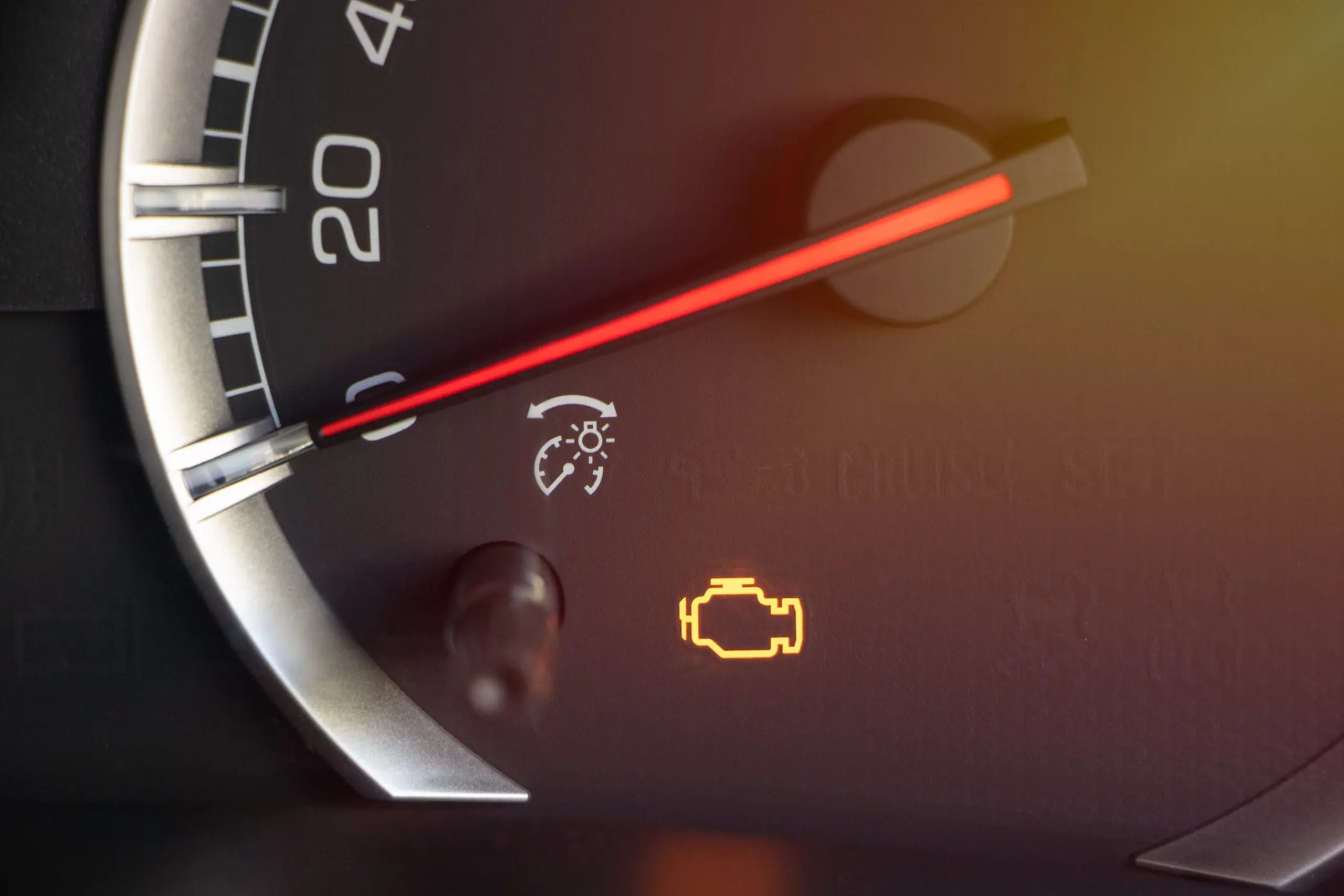Faster Delivery in 3-5 Days
Faster Delivery in 3-5 Days

The Evaporative Emission Control System (EVAP) may be out of sight, but when it malfunctions, you’ll know it—whether through poor fuel economy, unexpected fuel odors, or a failed emissions test. This system plays a critical role in trapping and recycling fuel vapors before they escape into the environment.
When the EVAP system breaks down, so does your vehicle’s efficiency and emissions compliance. Here's how to spot the signs early—and how tools like Autel diagnostic scanners can help you fix issues before they get worse.
Your Check Engine Light (CEL) is often the first indicator that something's wrong—and the EVAP system is a frequent culprit. A faulty purge valve, leaky hose, or stuck solenoid can all trigger that warning light.
Use a trusted OBD2 diagnostic tool like the Autel Maxisys MS906 Pro or Autel MaxiCOM MK808S. These scanners can read manufacturer-specific EVAP codes and display live data to pinpoint the exact issue—whether it's a vent control valve problem or a loose gas cap. Armed with that knowledge, you can skip unnecessary repairs and fix only what matters.

The Check Engine Light typically signals EVAP system issues.
If you catch a strong gasoline smell after driving or while refueling, your EVAP system could be leaking vapors. These leaks often occur near the fuel tank or charcoal canister and become especially noticeable on hot days.
Start by visually inspecting the system's hoses and connections. If you can’t find the issue manually, a mechanic can perform a smoke test to identify hidden leaks. With an Autel scanner, you can monitor EVAP readiness status and check if the system is sealing properly.
A faulty purge valve can disrupt your engine’s air-fuel mixture, leading to hard starts, rough idling, or even stalling. This usually occurs when fuel vapors are introduced at the wrong time due to a malfunction.
Scan your car using a tool like the Autel MK808S, which supports EVAP system diagnostics and functional tests. You’ll be able to identify purge or vent valve issues, read freeze frame data, and see when the fault occurred—all without a trip to the shop.

Use Autel scanner to diagnose the EVAP system status.
When the EVAP system isn’t managing vapors correctly, your engine may consume more fuel than usual, leading to noticeable drops in fuel efficiency.
If you're visiting the gas station more often, it's time to inspect the EVAP system. A scanner like the Autel MX808 can read both generic and advanced OBD-II codes, helping you locate leaky components or valves that need replacement to restore your MPG.
Failing an emissions test is a clear sign your EVAP system isn’t doing its job. Leaks or solenoid issues can allow unburned fuel vapors to escape, pushing your car outside legal emissions limits.
Before going for a retest, use an Autel scanner to check I/M readiness monitors and verify whether your EVAP system is ready. These tools can help ensure you've resolved all active issues before heading back to the inspection station—saving you time and stress.

Problems with the EVAP system can cause emissions to exceed the specified value.
Ignoring EVAP problems can lead to bigger headaches: wasted fuel, engine performance issues, and failed emissions tests. But with the right tools and a little attention, you can keep your EVAP system in check.
Autel diagnostic tools like the Maxisys MS906 Pro and MaxiCOM MK808S offer advanced scanning capabilities for both DIYers and pros. They provide accurate, real-time data and let you reset system monitors after a repair—so you can stay road-ready and emissions-compliant.